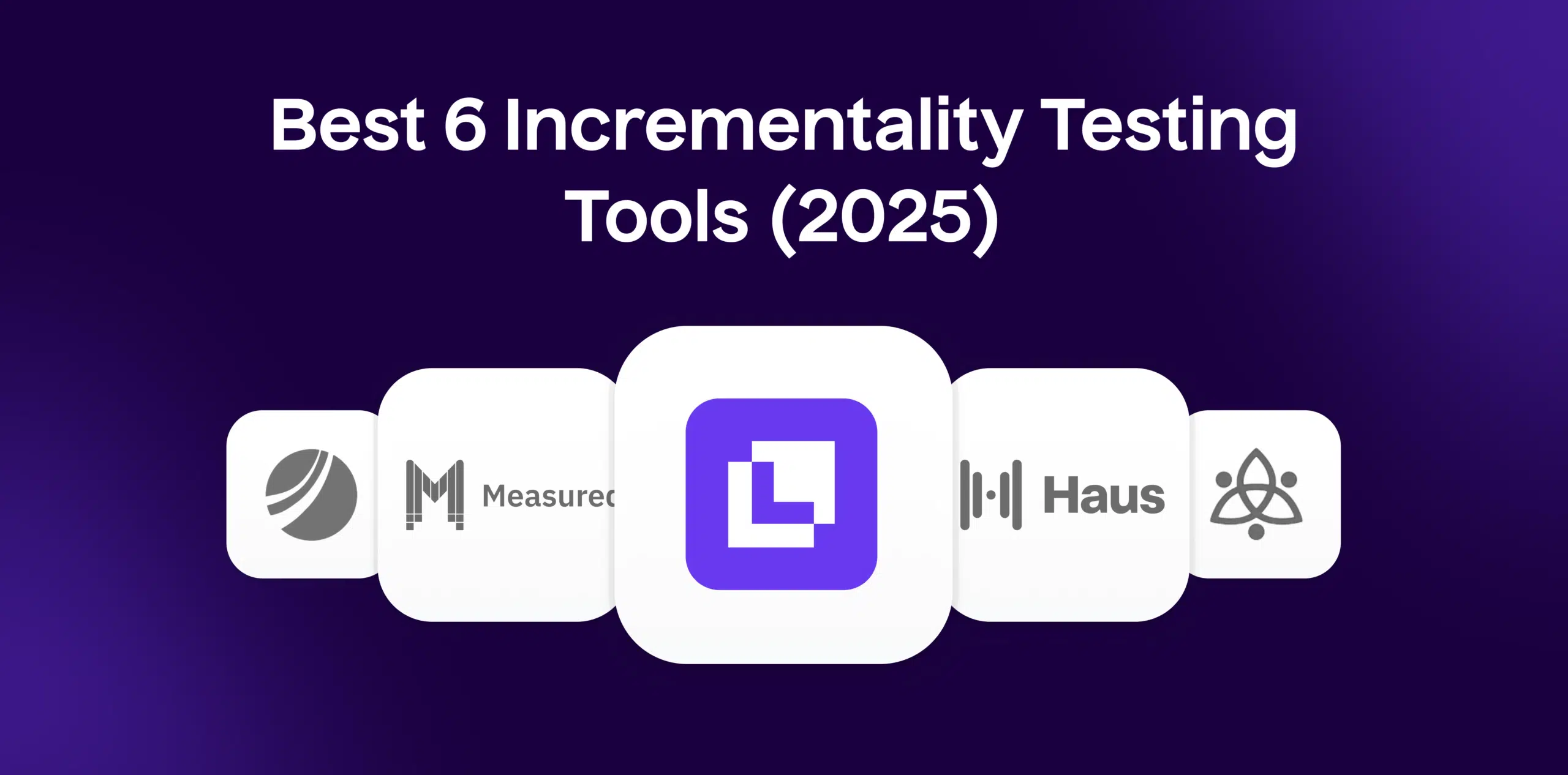What is In-app bidding?
In-app bidding, also known as mobile header bidding, is a programmatic advertising methodology that allows mobile app publishers to offer their ad inventory to several demand partners or advertisers at the same time, fostering a competitive auction environment. Unlike waterfall methods where demand partners are prioritized, in in-app bidding, all bidders have an equal opportunity to win the inventory.
Formula
Example
Let’s say an app developer has 1000 daily active users. Here, in-app bidding allows him to auction ad space each time an ad is to be shown. Demand partners A, B, and C bid $2, $3, and $2.5 respectively. Despite Partner A perhaps being a preference in the waterfall method, Partner B with the highest bid wins in this real-time auction.
Why is In-app bidding important?
In-app bidding brings transparency in transactions by creating a level playing field for all advertisers. It can potentially increase the ad income for publishers since each ad impression goes to the highest bidder. This method also ensures a seamless and latency-free user experience by removing the need for the app to communicate with multiple ad networks individually.
Which factors impact In-app bidding?
Strategies for improving in-app bidding involve data-driven decisions and diversification. You can work towards optimizing the traffic, ensuring a quality audience, and hence attracting top-tier advertisers. Diversifying demand partners can also increase bids for your inventory.
How can In-app bidding be improved?
Several factors can impact in-app bidding. The quality of the user base, relevance of ads with respect of content, the prominence of ad space, and the rapport with advertisers can all influence your in-app bidding strategy.
What is In-app bidding’s relationship with other metrics?
In-app bidding and other e-commerce metrics, such as conversion rate, average order value (AOV), or customer lifetime value (CLV), are closely related. Higher in-app bidding generally leads to better viewability and interaction, which in turn could increase these metrics in eCommerce, thereby boosting the overall revenue.
Free essential resources for success
Discover more from Lifesight
























































